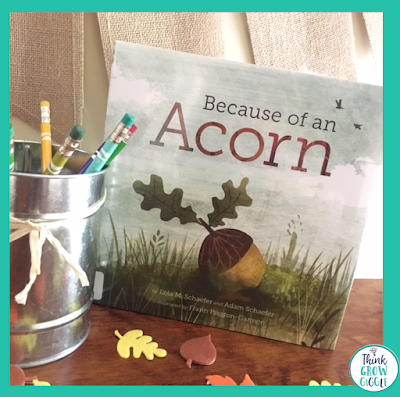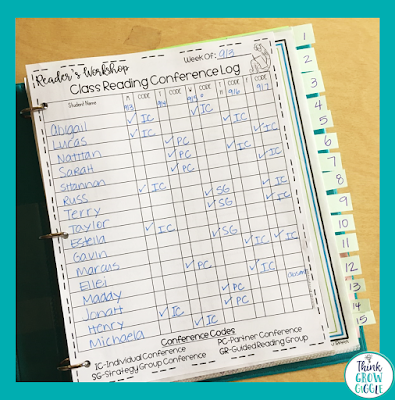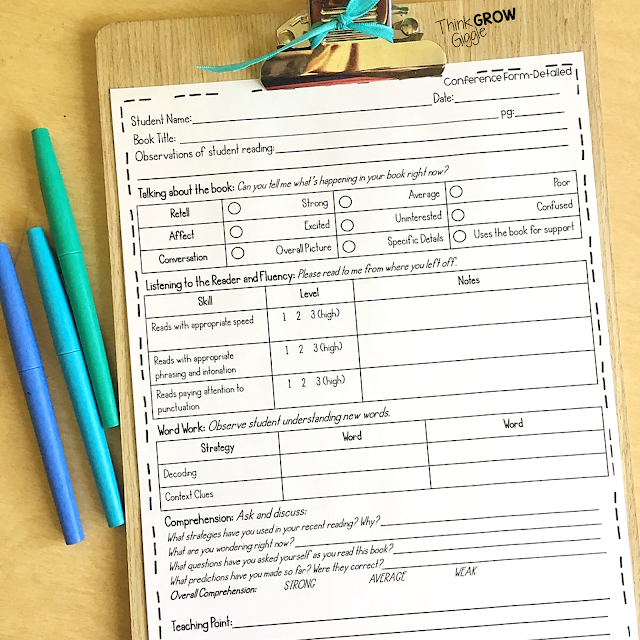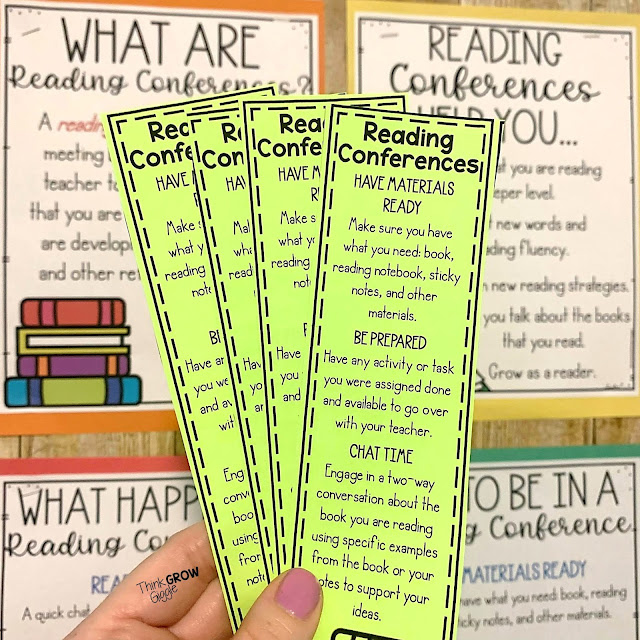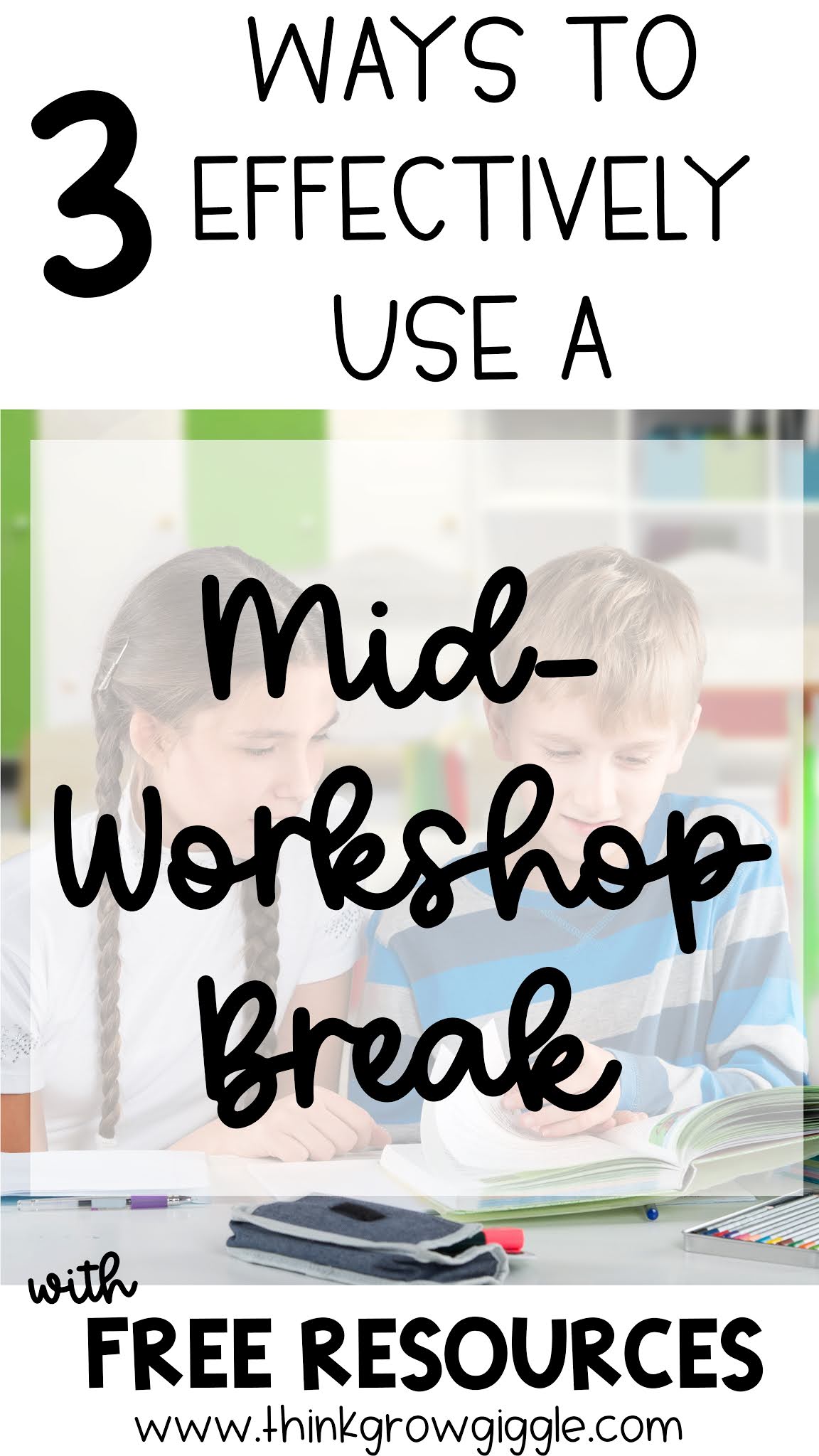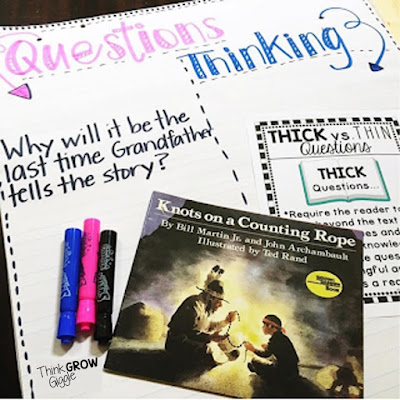If you are an elementary teacher then you understand the struggle that comes with teaching students how to summarize and how to differentiate summarizing instruction.
The concept of summarizing is one of the trickiest for students to grasp.
Recap the whole book or chapter, but make it brief? Insert confused student faces here! While there are different strategies to teach students how to summarize, I have found that the best way to drive home the concept of summarizing is to start with teaching students what they should NOT do when summarizing. The number one thing students should NOT do when summarizing is to retell what they have read and usually, this is what they do initially!
By beginning summary writing instruction by showing students a retell, you can easily explain the difference between the two. In the primary grades, students are always asked to retell a story. Retelling is something that students know how to do, making it the perfect way to grab their attention when teaching how to summarize. It also allows students to easily make connections within their own learning. The students can self-monitor their summary writing, by asking if what they wrote is a summary or a retelling.
By beginning summary writing instruction by showing students a retell, you can easily explain the difference between the two. In the primary grades, students are always asked to retell a story. Retelling is something that students know how to do, making it the perfect way to grab their attention when teaching how to summarize. It also allows students to easily make connections within their own learning. The students can self-monitor their summary writing, by asking if what they wrote is a summary or a retelling.
Read on to find out how I begin tackling the concept of summary writing with my students.
1. Select a Book to Summarize What Was Previously Read Aloud
By the time I begin summarizing instruction, we have already read many different picture books. Before the lesson begins, I pull out a few of the class' favorite previously read picture books and display them. I also write a retell and summary for one of the books before the lesson begins, so that the students will have modeled writing to compare summaries and retells when the lesson gets started. Using previously read books is a great way to teach summarizing, since it allows the students to focus on the skill of summarizing, instead of trying to comprehend the story for the first time. (Read more about using previously read books during reading here.)
1. Select a Book to Summarize What Was Previously Read Aloud

By the time I begin summarizing instruction, we have already read many different picture books. Before the lesson begins, I pull out a few of the class' favorite previously read picture books and display them. I also write a retell and summary for one of the books before the lesson begins, so that the students will have modeled writing to compare summaries and retells when the lesson gets started. Using previously read books is a great way to teach summarizing, since it allows the students to focus on the skill of summarizing, instead of trying to comprehend the story for the first time. (Read more about using previously read books during reading here.)2. Create an Anchor Chart
I prepare an anchor chart ahead of time to complete with the students during the initiation of the lesson. A simple SUMMARY vs RETELL t-chart always does the trick. Then I enlist students to tell help me fill it in by telling me what they already know about both summarizing and retelling. Their ideas are discussed and recorded. Using the completed T-chart we begin our discussions on the differences between summarizing and retelling.3. Use Modeled Writing
I love to use modeled writing in the classroom for teaching just about everything! After we discuss our summary vs. retell T-chart, I share with the students the retell that I prepared ahead of time, of one of the previously read books that I have displayed. Students can immediately pick the book that is being retold because it includes all the details of the story. At this point, I enlist help from the students to cross off some less relevant details from my retelling that would not make it into a summary of the same book. Then I unveil the pre-written summary. Presto! The summary looks like the retell without the unnecessary details. This part of the lessons helps students to understand not just the difference between summarizing and retelling but also illustrates to them that they already have the skills to write summaries!Need a summary model writing example? Try this one!
4. Practice, Practice, Practice
After analyzing the modeled writing, students are able to grasp the difference between summaries and retells. Now is the time that we practice. I send small groups of students off to write summaries of different previously read picture books, but only give them an index card to write their summaries on. This reminds the students that summaries include only the critical information from the book and are brief. When students are done, we come back together as a class and begin to share. We use our class created T-chart of summaries vs. retell to help us decide if students have written brief summaries or story retells. Students are also able to evaluate if the summaries that students share included important information since they have all heard the stories that students wrote summaries about.Head HERE for more summarizing practice activities!
This lesson is a great way to introduce summaries in your classroom, but it is only the beginning. This lesson provides the students with background knowledge to help them understand the structure of summaries and provides an anchor chart visual of what to do, and what NOT to do when writing summaries. At this point, student summary writing skills are just developing, so they need to be honed and sharpened throughout the year. (Yes, this is a year-long process!) There are many different strategies to help students perfect their summary writing skills. My favorites include:
Moving Forward
 |
| Summarizing Organizers |
- The 5 Ws-Students answer the 5W questions about the book that they are reading to help them write their summary. Who? What? When? Where? Why?
- SWBSA-This strategy works well when reading books with strong characters. This stands for somebody, wanted, but, so, and. Once the students complete an SWBSA organizer they can easily write a summary.
- Story Map Summaries-Students complete a story map after their reading. Using the completed story map, students then write a summary.
If you are finding that your students are struggling with including important information in their summaries, try teaching a lesson on interesting vs important information. Create a class t-chart to help students understand the difference between the two.
Summarizing is one of the most difficult concepts to teach and requires many follow up mini-lessons to help students succeed. Reading passages and task card practice for repetitive practice does help! Students must be given many opportunities to practice writing summaries, so do not expect them to become experts right away. Hold your students accountable for summary writing at least once a week. The more that students practice the better they will become. Students should also be sharing summaries orally each day. This can be done while you confer with them one-on-one or during reading partnership time.
Remember the more times a student can practice summarizing, the better that they will become! Read about strategies for teaching other reading concepts like questioning, HERE.(Grab free summarizing teaching points to guide your follow up lessons below.)











